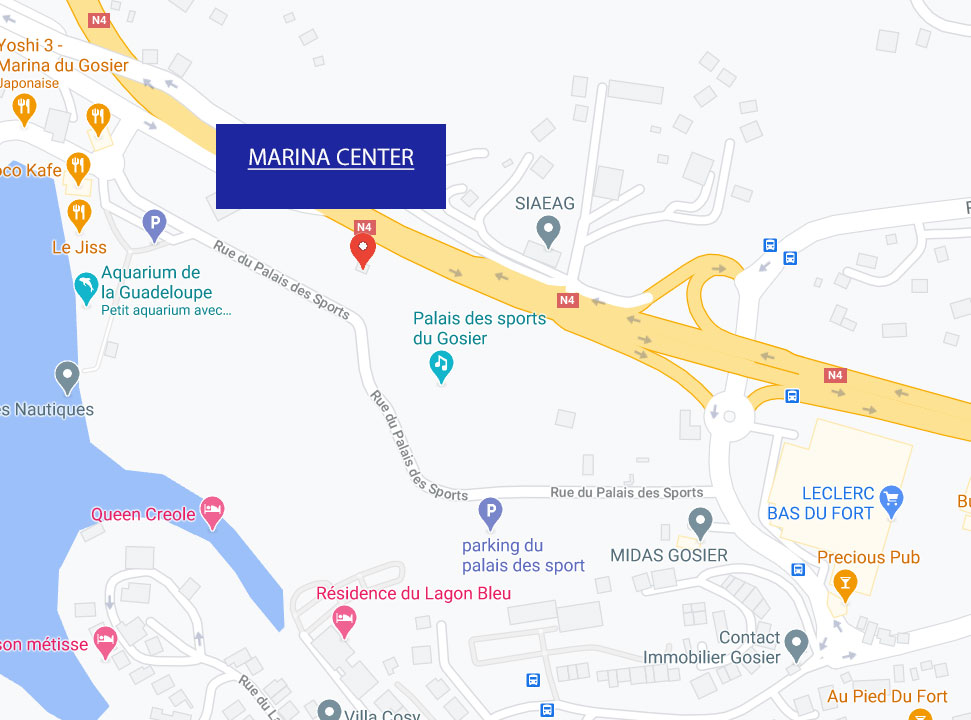MEDICAL PEELS
Medical peels are the benchmark aesthetic medicine treatments for skin beauty. They gently and painlessly exfoliate the superficial layers of the skin and stimulate cell regeneration.
The result is a luminous and even complexion, a clearer, healthier and smoother skin.
Doctor HAVET performs superficial peels with AHA (fruit acids) and medium peels with TCA. No matter what your skin type is (dark, light or mixed race), there is a peel that suits you!
WHAT IS THE ACTION OF PEELING IN AESTHETIC MEDICINE?

Our skin is constantly renewing itself. This system is a bit lazy: dead cells and other impurities accumulate on the skin’s surface, clogging the pores and giving it a grayish complexion.
The peel is the medical and chemical equivalent of a scrub, but better. Its action on the horny layer will allow the elimination of the superficial layers of the skin, and of all that dulls the complexion. By this action, it will stimulate the renewal of the cells of the skin to make “new skin”. The peel sends signals to the skin cells that will increase their production of collagen and produce more hyaluronic acid.
Peels are made up of various powerful active acids (fruit acids, but also BHA, or trichloroacetic acid), known for their exfoliating properties, but not aggressive for the skin.
Their action will thus help fight against a great number of skin imperfections related to skin aging but also to other problems.
WHAT ARE THE INDICATIONS FOR A MEDICAL PEEL?
The cellular renewal induced by the peelings thus makes it possible to fight against the aging of the skin, to bring an immediate glare and to blur certain cutaneous imperfections such as :
- Dull and gray complexion,
- Spots and hyperpigmentation phenomena (brown spots, post-inflammatory marks, melasma or pregnancy mask…),
- Dilated pores, oily skin, irregular skin texture,
- Acne,
- Wrinkles and fine lines.
THE DIFFERENT TYPES OF PEELINGS PERFORMED BY DOCTOR HAVET
- Fruit acid peels
The fruit acids used in this type of peel are derived from fruit or plants. It is a superficial peel. Most often, the peel is based on glycolic acid, obtained from beet, sugar cane or grape extracts. But it can contain other fruit or plant acids: salicylic acid, mandelic acid (from almonds), lactic acid, etc.
Each acid, in addition to stimulating cell renewal, has a very specific action on the skin. Some are more adapted to oily or dry skin, sensitive skin, dyschromia, etc.
When applied to the skin, it will destroy the superficial layers of the epidermis, which will lead to regeneration, but also to a densification of the skin. The cells thus eliminated reveal “new” cells, hence the visible glow and brighter complexion.
- The TCA peel
Trichloroacetic acid is a derivative of acetic acid which comes from vinegar and whose mode of action on the skin is different from an AHA peel. It is also deeper, which is why it is not suitable for dark and black skin.
It is also more often indicated in the treatment of skin aging and wrinkles, but also pigment spots.
ARE PEELS SUITABLE FOR MIXED AND BLACK SKIN?
Yes, peels are suitable for all skin types, especially for black and brown skin. Whether it is for spots, acne problems or simply to even out the complexion, a peel is an ideal solution.
But beware of the sun, because when the skin has been exfoliated and/or has slightly peeled, it is fragile! Under the very sunny climate of the Caribbean, it is thus advisable to be particularly careful especially in the 4 to 5 days after the peeling: hat and sun cream 50 SPF are thus of rigor…and one forgets the exit boat during a few days to avoid any risk of pigmentary rebound (the appearance of brown spots).
WHAT ARE THE STEPS OF A PEELING SESSION?
A peel performed at home, in an institute or in an aesthetic medicine office are not the same. The peelings performed by Dr. HAVET are medical procedures that require precautionary measures.
During the consultation, an information sheet will be given to you and an estimate and consent will be signed.
A medical peeling session is painless thanks to the new generation of peels and does not require any needle or anesthesia. Dr. HAVET applies the solution directly to a cleansed and make-up-free skin using a brush (AHA peels) or a cotton swab (TCA peels).
You will feel some tingling, even a sensation of heat, but this is absolutely not painful and is a sign of the action of the peel. The peel is left on for a few minutes and then removed. For some peels, a neutralizing solution is necessary. The doctor then applies a post-treatment moisturizer.
All peeling sessions performed by Dr. HAVET end with 20 minutes under the regenerating and stimulating light of the LED lamp.
HOW MANY PEELINGS ARE NEEDED?
Count on an average of 3 sessions spaced one month apart, but it all depends on the peel chosen and the needs of your skin. Doctor HAVET will always propose a customized treatment protocol.
WHAT ARE THE CONSEQUENCES OF A PEEL?
The after-effects of a superficial fruit acid peel are very simple and allow you to resume your activities immediately. However, it is preferable not to put anything on the skin (make-up) after the session and to wait until the next morning.
It is possible to observe some redness, but this is rare, and in any case, it disappears quickly.
The aftermath of a TCA peel is a little different, although still simple. The TCA peel causes what is called a peeling of the skin in the days that follow (the skin peels). This is absolutely not painful.
On the other hand, it is important not to pull on the dead skin and to moisturize the skin. When the desquamation is over, the skin will be even more beautiful: visibly smoother, brighter and with tighter pores.
Specific cosmetic creams should be applied after the session and between sessions to protect the skin and to potentiate the effects of the peel.
—
Are you interested in medical peels? Would you like a consultation with Dr. Havet in the West Indies? Make an appointment now.


